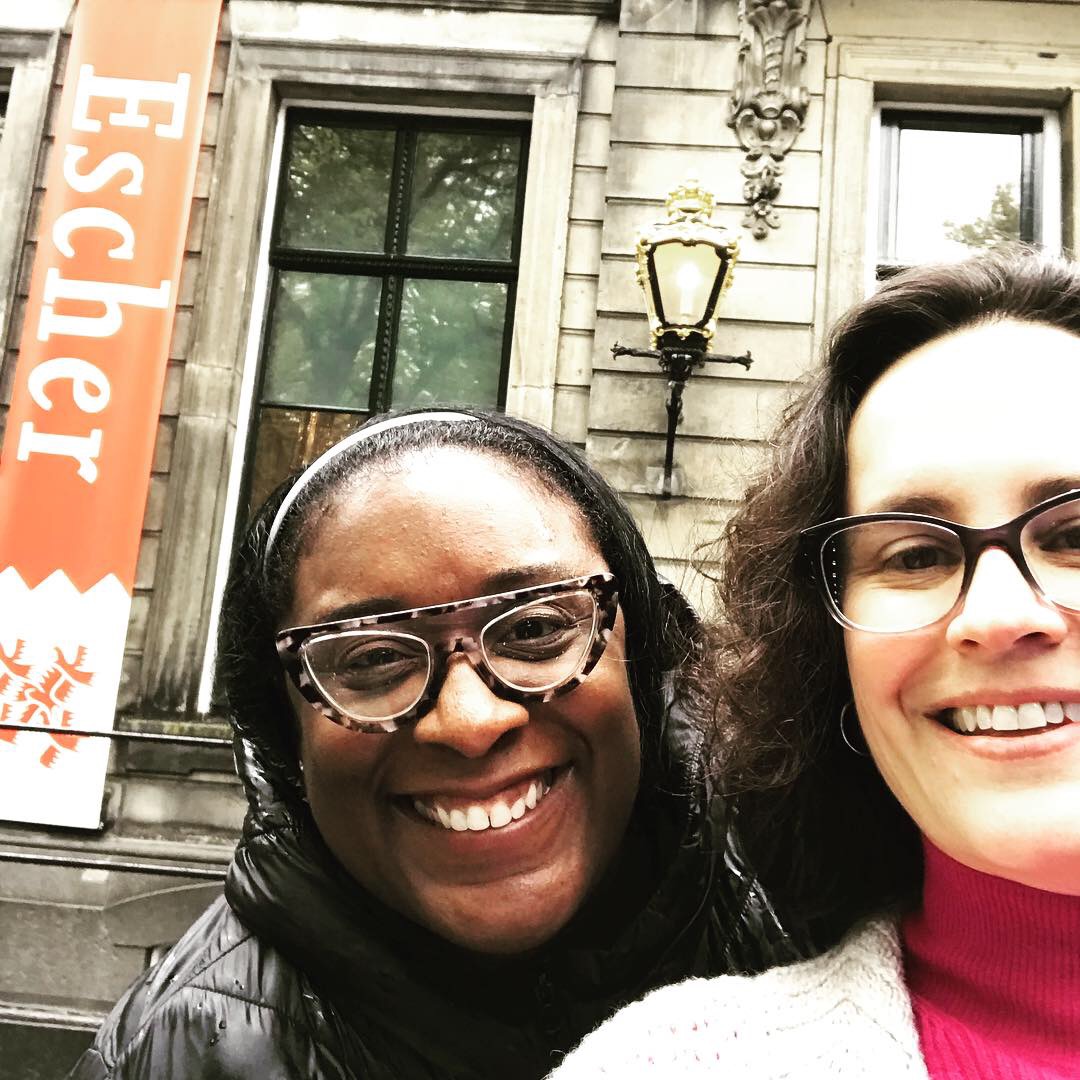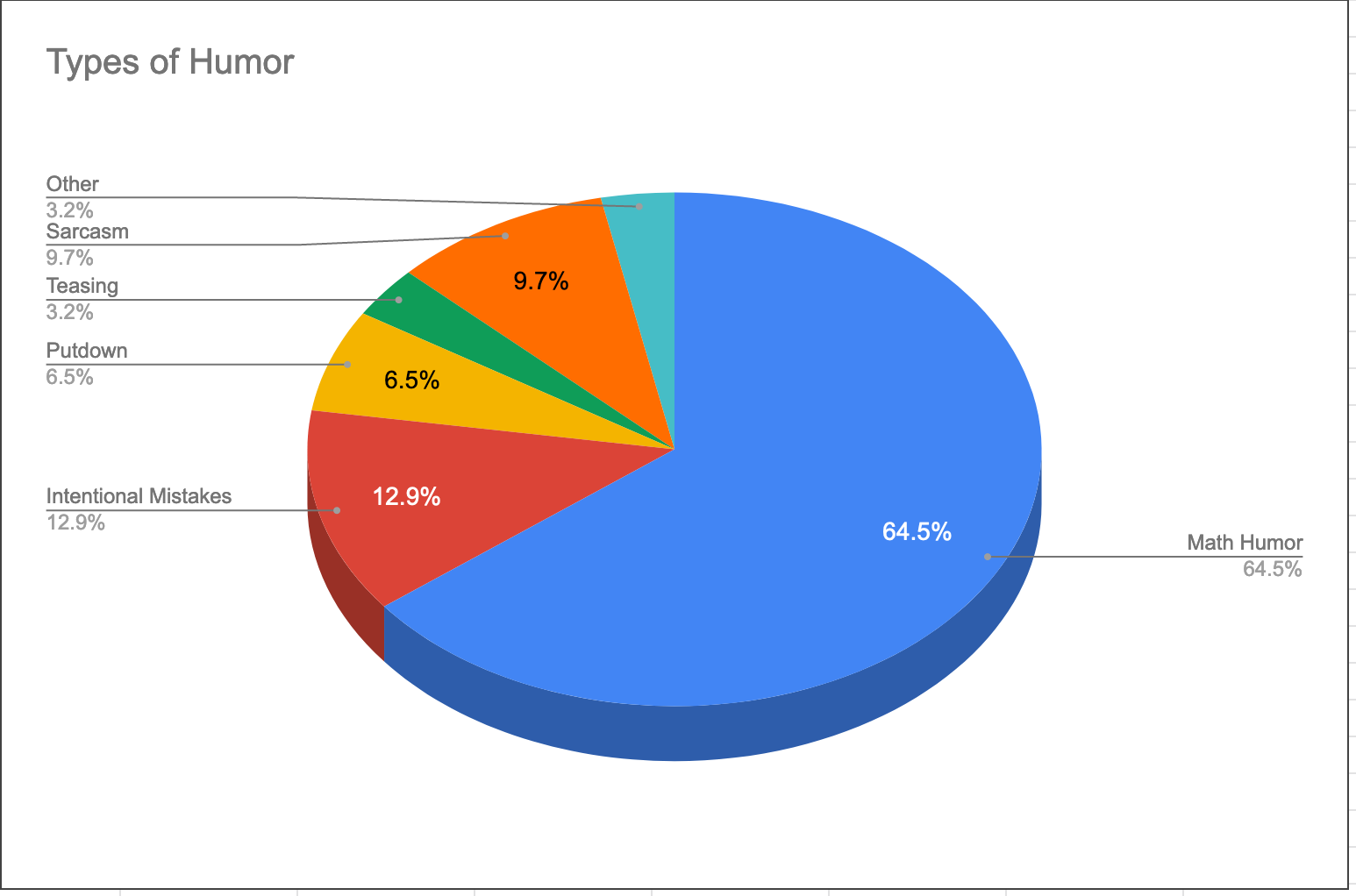Maxine Greene, a renowned philosopher at Columbia Teachers College, loved to teach. At 93 years old, she still held seminars in her apartment. During one of these sessions, she asked her students, “What is the purpose of education?”
She listened as they debated and discussed. Then, drawing on the wisdom of her decades of attention to such important questions, she shared, saying that, in her view, education’s purpose is to help students to meaningfully put together three words: What could be?
I heard this story yesterday from one of the students who had attended that class. It reminded me of a fundamental truth: Education, at its best, is a profession of hope. Education should equip students with the tools they need to recreate our world and make it better. Although our society does not adequately acknowledge their importance, educators have the vital charge to guide the next generation.
This core belief drives my work. I believe children matter. I believe they deserve a chance to find out who they are and how they can fit into the world while making it a better place. I believe that the best teaching takes intelligence, knowledge, creativity, and careful attention to who children are, and I believe that all children deserve to experience that.
Growing up in the 1970s and 80s, I was fortunate to have a handful of teachers who brought this sense of idealistic purpose to their work, and it made all the difference in my life. I became a teacher in the early 1990s, during an era of progressive optimism. I learned from my mentors how to develop classrooms that made space for children –– their ideas, their strengths, their struggles, their cultures, their stories, and their dreams. I learned to always be curious about that work, since it is always in progress.
As a result, this past decade has been hard on me. It seems that, in the U.S., we have moved further away from this idealistic vision of education. To name a handful of examples, the 2010s saw the proliferation of toxic accountability policies that treated “good teaching” as entirely measurable by shoddy testing instruments, the devaluation of professional preparation of teachers (and of the profession in general), the normalization of under-resourced classrooms (alongside the trope of “heartwarming” community generosity to fill the gaps that should never be there in the first place), record numbers of school shootings that do not even make headlines, the rise of bigoted speech and hateful acts, and the reduction of the relational work of teaching to carceral pedagogies preoccupied with the control children’s bodies over the development of their intellect and agency. In other words, it has been a demoralizing decade.
How have we arrived here? I am sure there are more answers to that question than I can muster in a blogpost, but I can share one thing that has struck me about how we got where we are today. Many folks seem to fail to grasp the systems we are developing. Too often, people treat problems in education as a matter of tweaking one component or another. In contrast to thinking about individual parts, systems thinking requires a holistic view of how components interrelate, the way that different contextual details shift those relationships, and demands alertness to any unintended consequences to educational designs.
In my view, many of the shortcomings of the past two decades come from our failure to take in the systems (such as they are) that we are creating and living in.
As one example, a good education system should not require as much strategy and savvy as ours currently does. The public’s commitment to a quality education for all, while it may have never been strong, was at least given lip service by politicians and others professing to have an investment in democracy. Now, notions of education as a public good have been replaced with individualistic notions of education as a personal choice. However, if we see our society as a system –– if we believe that we are interdependent and not just individual components –– we would feel the urgency around the need to prioritize the former set of ideas over the latter.
Education should not simply be viewed as the sum total of people’s “personal choices.” The language of “choice” may appeal to notions of liberty, but it increases the parental burden of somehow prognosticating, through “school choice fairs” and one-hour walk-throughs, how a particular child will be supported in a setting they only have partial access to.
Even more damaging, the rhetoric of choice is false. Just like gerrymandering rigs the political game, redistricting efforts across the U.S. rigs the educational game. White, affluent families are seceding from districts, hoarding resources for their children and leaving those with fewer resources even more strapped. These trends strongly signal the abandonment of our commitment to education as a public good. Meanwhile, the more students are burdened with the narrative that the quality of their education is entirely on them, the less responsibility we have as a society to ensure that the opportunities are actually there.
In sum, my view on the current U.S. educational landscape is fairly grim. At the same time, in the spirit of Maxine Greene’s essential question, I want to focus this next decade on what could be.
So what could be, if we should, as a society, decide to work for it? We could re-invest in schools –– all schools, in all neighborhoods, serving all students–– so they do not have to depend on a random windfall of a generous philanthropist to meet their basic needs. We could invest in teachers so that they have the time, materials, training, salaries, and professional support they need to do their work well. We could reduce test-based accountability and instead invest in students’ authentic learning. Generally speaking, we could invest in students’ broader humanity, with fully funded arts, music, and job training programs, alongside high quality academics. We could acknowledge our interdependence as a society and return to a commitment to education as a public good.
What could be?
Education could truly embrace its potential as the profession of hope. That would be a great project for the new decade.





 Note: This post was written by my two doctoral students,
Note: This post was written by my two doctoral students, 




